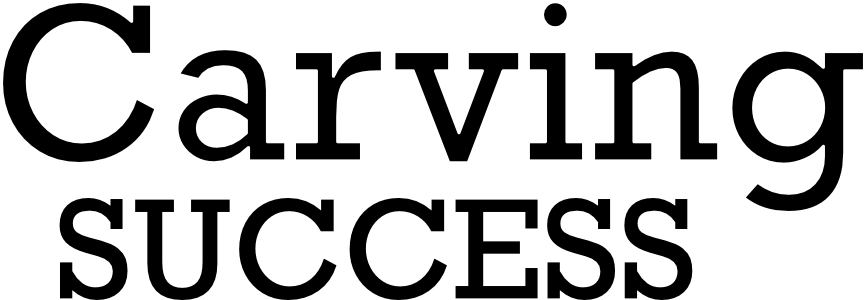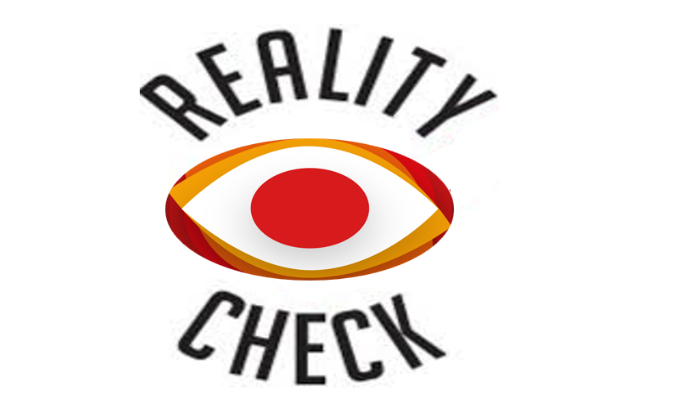The physical and mental churn over the past pandemic year has caused people in all walks of life to experience COVID fatigue. This fatigue is caused by three factors:
- The pressure to make a self-assessment of the situation because of the unreliable data coming from governments and world-renowned organizations
- The multiplicity, complexity, and dynamicity of emotional inputs coming in from the different spheres of society (lifestyle influencing factors). People see and hear with their emotions.
- The uncertainty of events and instability of the current situation caused by constant change and variability
In this scenario, “Managing In the Moment” (MIM) becomes important. The two reasons that make MIM difficult are, that all of us are creatures of habit and social in nature. Both these factors call for a desire to maintain a certain degree of permanency and perception management based on past experiences. This makes framing and reframing our thought processes a continuous challenge.
While MIM is the need of the hour, it does not mean that short-term and medium-term plans can be done away with. Organizations, depending on their size, need to have future plans which in turn require to be linked to well-thought-out contingency plans, with greater depth and spread than before – covering as many “What-If” scenarios as possible”. This would help to address the high level of uncertainty that shrouds the environment on all fronts.
This article briefly examines the different stressors and suggests a possible way forward. The theory is, if we expect something (in this case change), we worry less. Hence preparing for ‘readiness to change’ appears to be the answer.
The factors that cause COVID fatigue
‘Self-Assessment’ of situations:We are being forced to carry out context-based situational assessments on our own because the data from the government on the economy and recovery rate has proved to be unreliable. In addition, media statements of world-renowned organizations such as (1) “US CDC flip flop on calling COVID 19 airborne” or (2) WHO saying “asymptomatic spread of coronavirus is rare and then clarifies” put us in a confused state – not knowing what to believe. This is turning people to become more philosophical than pragmatic.
Challenges and Stressors: There are stressors on all fronts (personal, organizational, and social) and at all levels – elderly, parents and children or leaders’ managers and staff. The semantics of challenges on the home, work, social and environmental fronts are dealt with, in detail through several good studies and articles on the net.
Self-Questioning Stressors
Personal: Will I be able to keep my job? Will I get my backlog of compensation to meet the mounting domestic budget deficits and other EMIs? How do I get to work without public transport? How to manage domestic overcrowding with working and schooling from home? How do I manage without domestic help?
Entrepreneurs and Managers: Do we need all our workforce? How do I manage the new ways of doing business? Can my managers take on work themselves? Will remote management work for senior managers? How much retraining is possible and at what cost? Will I be able to sustain the cost cuts like travel and rent which are now major contributors to bottom-line management with little or no top-line growth?
“One Solution Fits All” is not an option
People are different in cultures and contexts. (example: Japan and India are high context countries unlike the US and Germany which are low context). Hence organization and individual needs differ vastly and are context-based. Hybrid cultures complicate the situation further. The adage “Think Global, Act Local” is more apt than ever before.
Many concepts have been shared and studies made to help cope with the situation. Some are:
Personal: The work from home (WFH) approach that initially appeared to be the right solution is now changing to a hybrid model. The declining performance due to the loss of social capital in the equation was found to be a major reason. Coping methods being used: At the individual level, people have started addressing the situation by setting up routines, implementing rituals, blocking time for exercise and meditation, family bonding, self-development, self, and health care. These change with time and differ from person to person or culture to culture.
Organizational: The temporary fad of de-renting to save cost is now not looking so attractive as WFH infrastructure and travel costs (home study set up and internet costs) show negligible cost savings vis-a-vis de-renting. It was also found that the travel time saved did not compensate for the growing need to be more available or accessible which is causing serious work-time stretch. Coping methods used: Hybrid and function-specific operating models are now being tried out.
Unorganized and Invisible Sector: In the Indian context, the unorganized sector which employs 83% of the workforce has major challenges as the support system is weak mainly due to the deficit of metadata. In total, 92% (including 9% working in the organized sector) informal workers have no written contracts and other standard benefits. In addition, the plight of small businesses and self-employed like; garages, florists, ‘Mom and Pop’ stores besides others like drivers, construction workers, and domestic help remains uncertain. The When, What and How of revival remains a mystery. Coping Strategies for survival: Access to social schemes by the government, Corporate CSRs, NGOs, and other religious organizations. Reverse migration of labor, mutual support, and personal outreach were some of the other ways of coping.
The MIM model for managing COVID Fatigue
The current scenario requires one to be on high alert to “change signals” and realign work patterns in real-time. The MIM model (chart above) calls for being agile to frame and reframe COVID coping strategies in real-time. This requires developing a mindset to live with continuous change.
This article might appear to profess that one should accept that time has stopped as dictated by COVID and survival should be the ‘top of mind’ goal on the personal and organizational front. However, this is not so. The intention is to increase focus on MIM to bring better mental stability and reduce COVID fatigue. At the same time, strategies and plans for stemming decline, maintaining the status quo, or supporting growth besides seeking and seizing opportunities, need to continue in parallel.
MIM with appropriate coping strategies on all fronts will reduce COVID fatigue.
– Alan Doulton

